If you're a Tern fan, you can find them all over the gulf coast of Florida this time of year. Royal, Sandwich, Forster's, Common, Caspian, and others all hang out together alongside gulls and shorebirds. The Royal terns are easiest to spot in a crowd as they have those giant bright orange bills (see below). The others can easily be identified as compared to the Royals.
The beaches are used my many types of birds, including Snowy Egrets. This one tried its luck foraging in the shallow waves just before sunset.
On another beach, a Little Blue Heron hunted for breakfast at sunrise.
The heron was joined by several Ruddy Turnstones.
I like that these birds don't lose all of their coloring during the non-breeding season, so they are easy to identify in a mixed flock of shorebirds.
Most wintertime shorebirds look more like this (below). Cornell University offers an online self-study Shorebird Identification course, which I recommend taking.
There is no mistaking the Roseate Spoonbill for anything else! I posted some photos of this bird previously, but it deserves more.
Just look at it!
A Spoonbill flying at sunrise:
Another one later in the morning:
Early one morning, we found a couple of Sandhill Cranes foraging in a wetland area.
They were joined by several Gray-Headed Swamphens. This was my first time seeing both species in the wild, so they made my day.
I previously posted a photo of Sandhill Cranes flying, but they're so awesome, here is another one.
This is a Glossy Ibis in flight.
And a Wood Stork in flight:
Double-Crested Cormorant - we have these year-round in NYC.
Bald Eagles can also be found year-round all along the East Coast, but we don't see them as often in the NYC area. When we do, it's usually a big deal.
Next up: Pelicans!
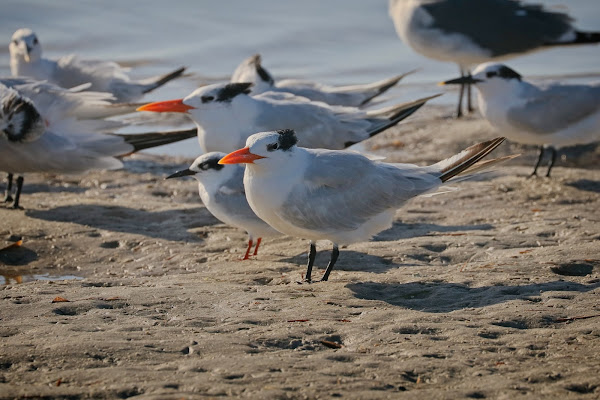





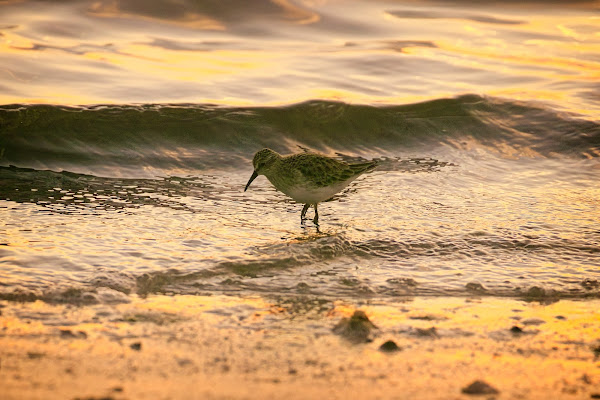
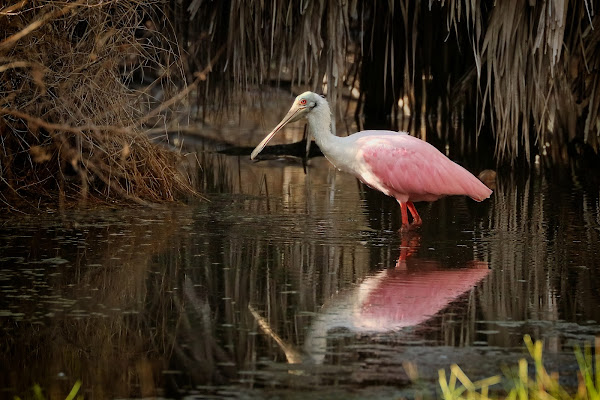


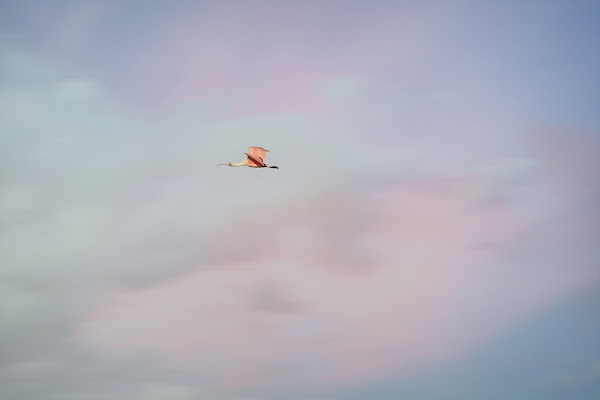




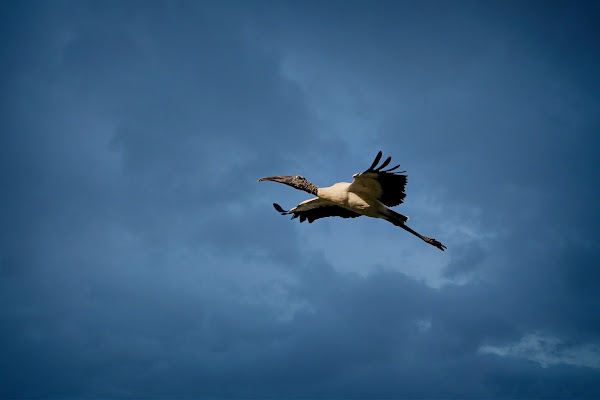




No comments:
Post a Comment